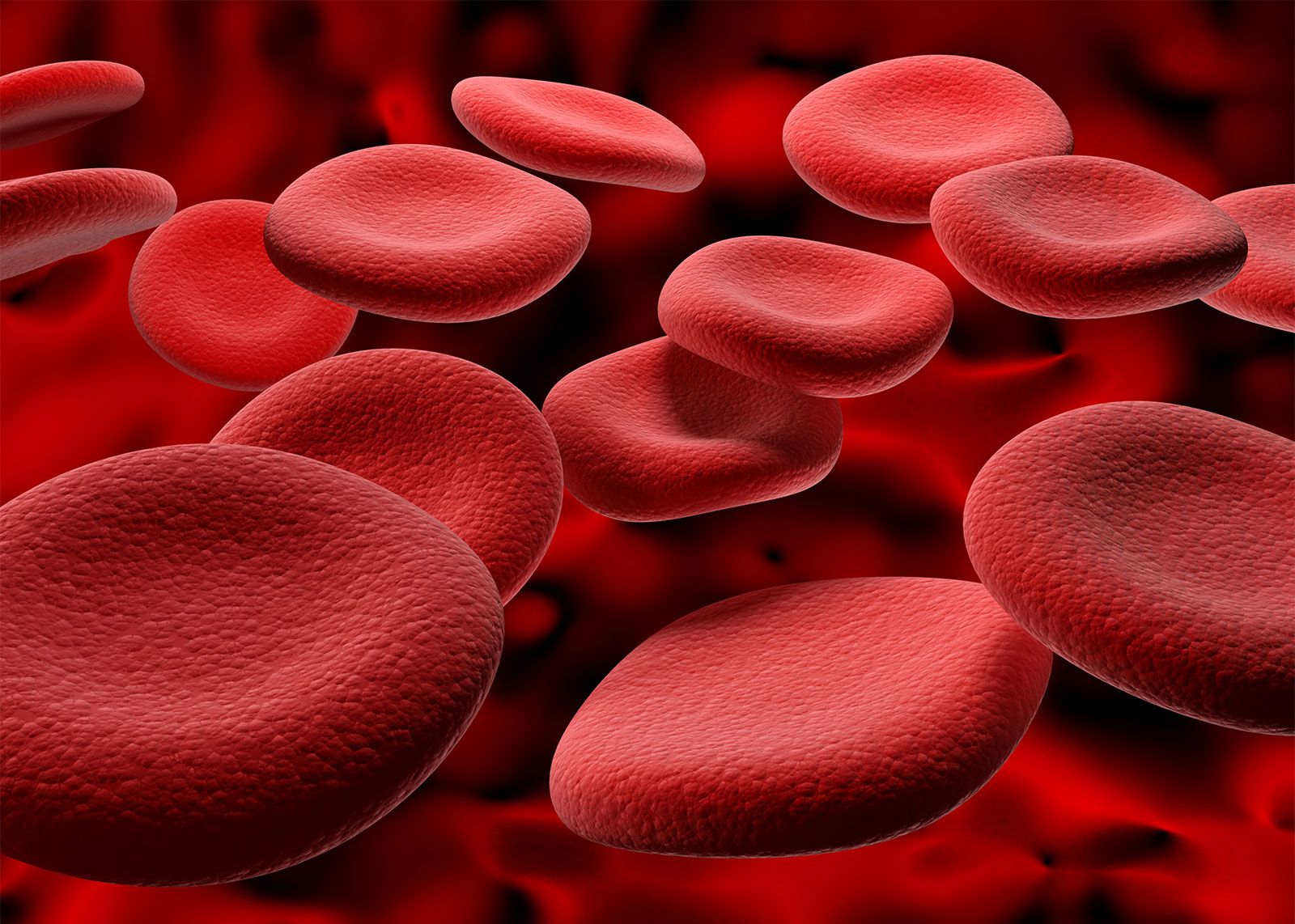Menstrual blood, often misunderstood and stigmatized, is a natural part of the female reproductive cycle. It is the shedding of the uterine lining, known as the endometrium, which occurs when a woman is not pregnant. This process is a crucial aspect of the menstrual cycle, preparing the uterus for a potential pregnancy each month. The composition of menstrual blood is unique, consisting of blood, tissue, and other elements that are expelled from the body through the vagina.
The menstrual fluid is primarily made up of blood, which is rich in iron, and tissue from the endometrium. This tissue contains cells, proteins, and other nutrients that are no longer needed once pregnancy does not occur. Additionally, menstrual blood may contain small amounts of other substances such as cervical mucus, vaginal secretions, and bacteria. The color, consistency, and amount of menstrual blood can vary significantly from woman to woman and even from one cycle to another in the same individual.
One of the key components of menstrual blood is the presence of stem cells, which are undifferentiated cells that have the ability to develop into many different cell types in the body. Research has shown that menstrual blood contains a high concentration of these stem cells, making it a valuable source for potential therapeutic applications. For instance, studies are exploring the use of menstrual blood-derived stem cells for regenerative medicine, including the treatment of diseases and injuries.
Despite its potential benefits and natural occurrence, menstrual blood is often shrouded in taboo and misconception. Many cultures and societies have historically viewed menstruation as something to be ashamed of or hidden, leading to a lack of education and open discussion about the topic. However, as awareness and acceptance grow, so does the recognition of the importance of menstrual health and the need for accurate, comprehensive information.
Components of Menstrual Blood

Menstrual blood is not just blood; it’s a complex mixture that includes:
- Endometrial tissue: The lining of the uterus that is shed each month.
- Blood: Rich in iron and other nutrients.
- Cervical mucus: Secretions from the cervix that help in lubrication and protection.
- Vaginal secretions: Natural discharge from the vagina.
- Stem cells: Undifferentiated cells with the potential to develop into various cell types.
- Bacteria: Normal flora of the vagina that help maintain vaginal health.
| Component | Description |
|---|---|
| Endometrial Tissue | The lining of the uterus shed during menstruation. |
| Blood | Rich in iron and nutrients, a significant part of menstrual fluid. |
| Cervical Mucus | Secretions from the cervix aiding in protection and lubrication. |
| Vaginal Secretions | Natural discharge from the vagina contributing to menstrual fluid. |
| Stem Cells | Undifferentiated cells with potential for various cell development. |
| Bacteria | Normal vaginal flora maintaining vaginal health. |

Addressing Misconceptions and Promoting Awareness

Awareness and education are crucial in breaking down the stigma surrounding menstruation and menstrual blood. By promoting open discussions and providing accurate information, individuals can better understand the natural processes of the female body and the importance of menstrual health. This includes addressing common misconceptions and myths, such as the belief that menstrual blood is “dirty” or that menstruating individuals are somehow less capable or less clean than others.
Is menstrual blood composition the same for all women?
+No, the composition of menstrual blood can vary significantly from one woman to another, and even from one cycle to another in the same individual, due to factors like hormonal changes, health, and nutritional status.
What is the significance of stem cells in menstrual blood?
+Stem cells in menstrual blood have the potential to develop into various cell types, making them a valuable resource for regenerative medicine and potentially treating diseases and injuries.
In conclusion, menstrual blood is a natural, complex substance that plays a vital role in the female reproductive cycle. By understanding its composition, potential benefits, and addressing the misconceptions surrounding it, we can work towards reducing stigma and promoting a healthier, more informed perspective on menstruation and menstrual health. As research continues to uncover the properties and potential applications of menstrual blood, it is essential to approach the topic with an open mind, recognizing both its natural occurrence and its potential for contributing to medical advancements.



